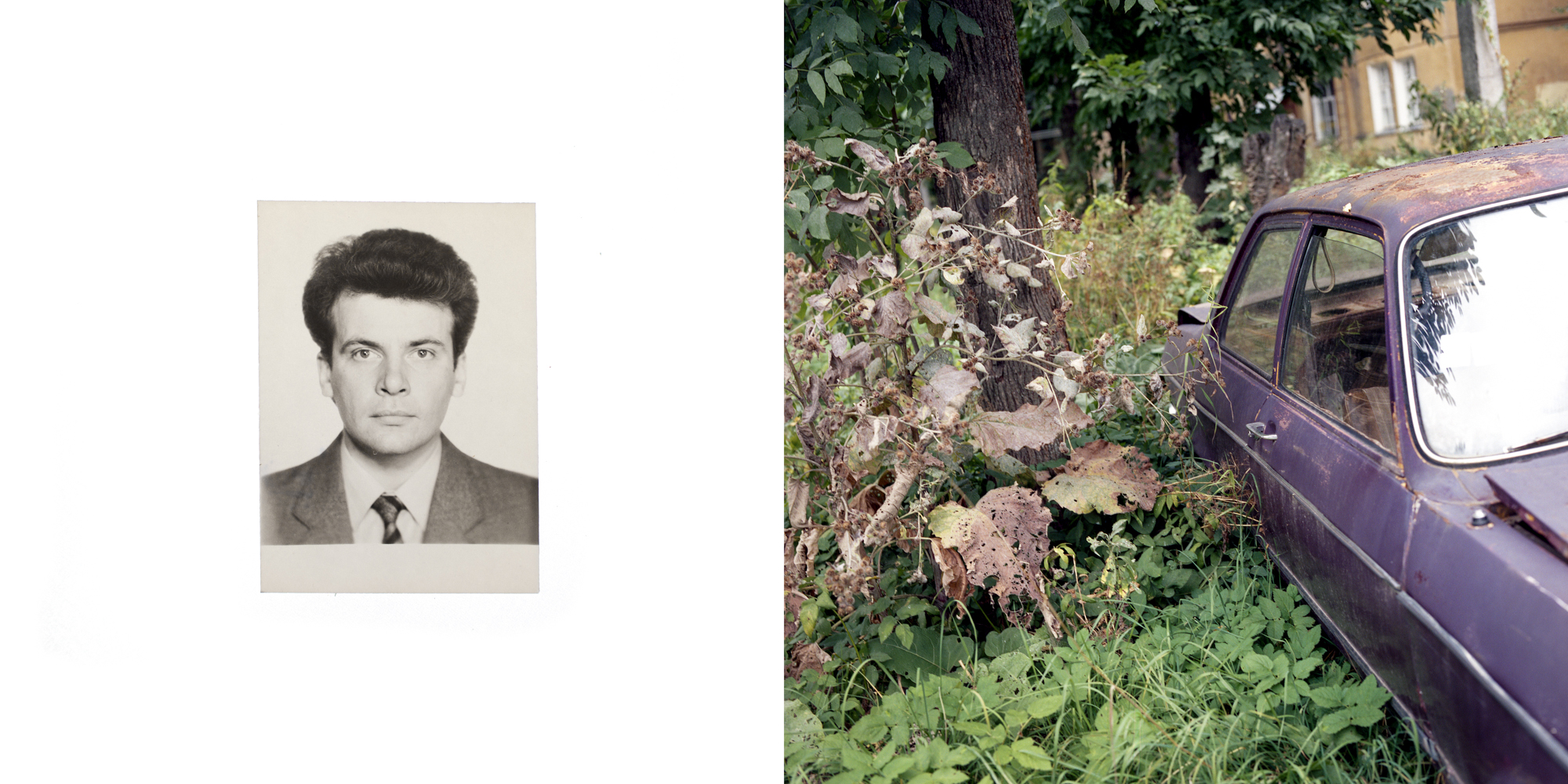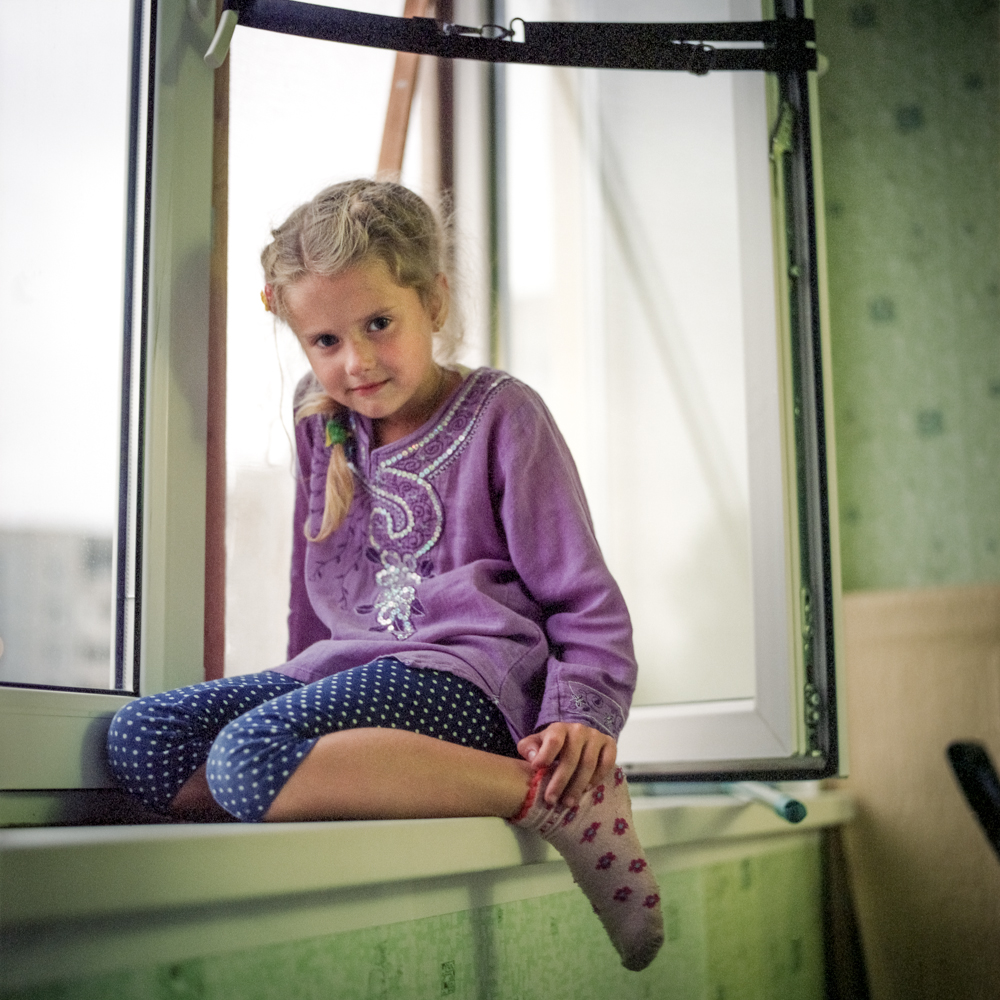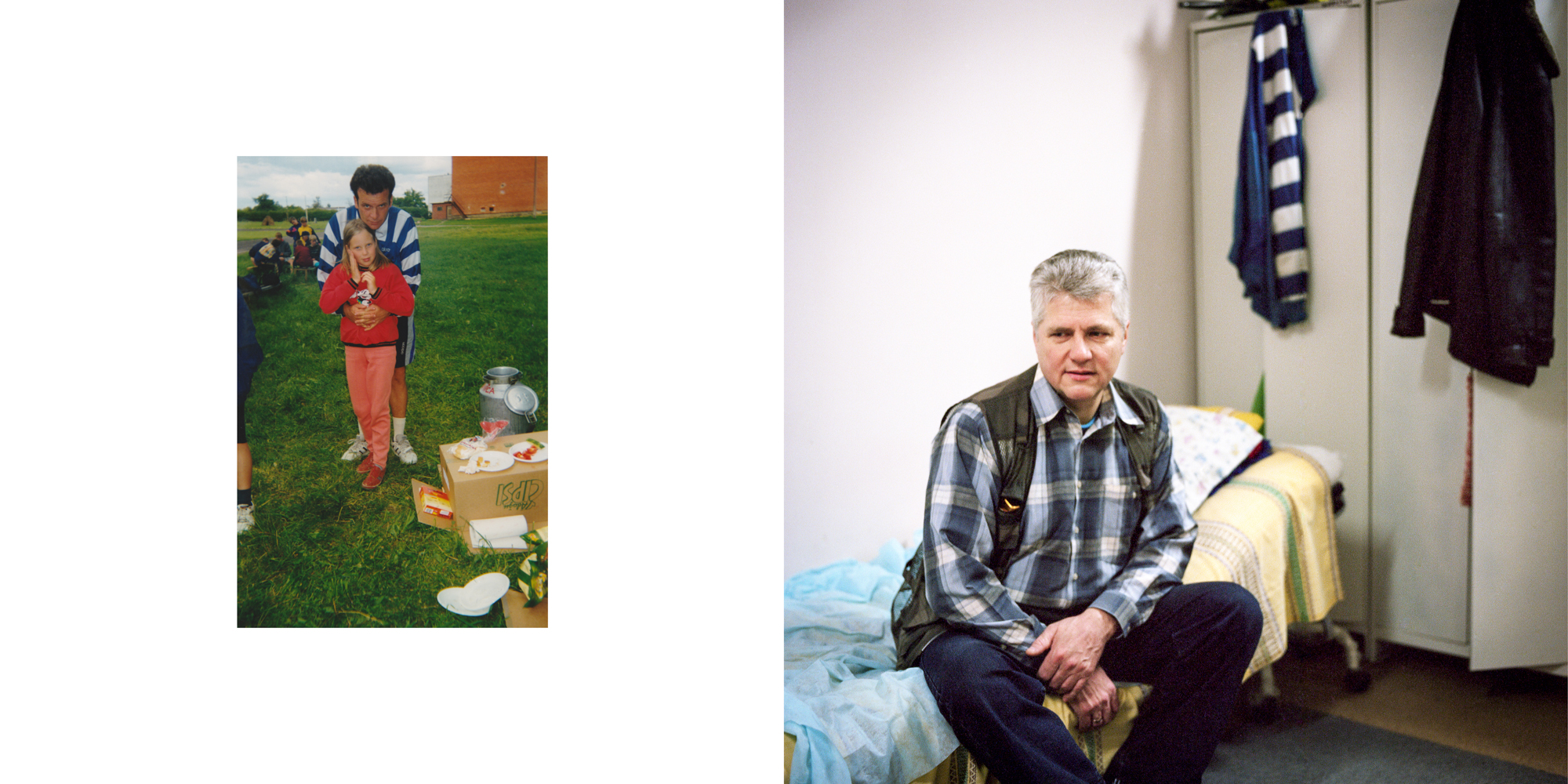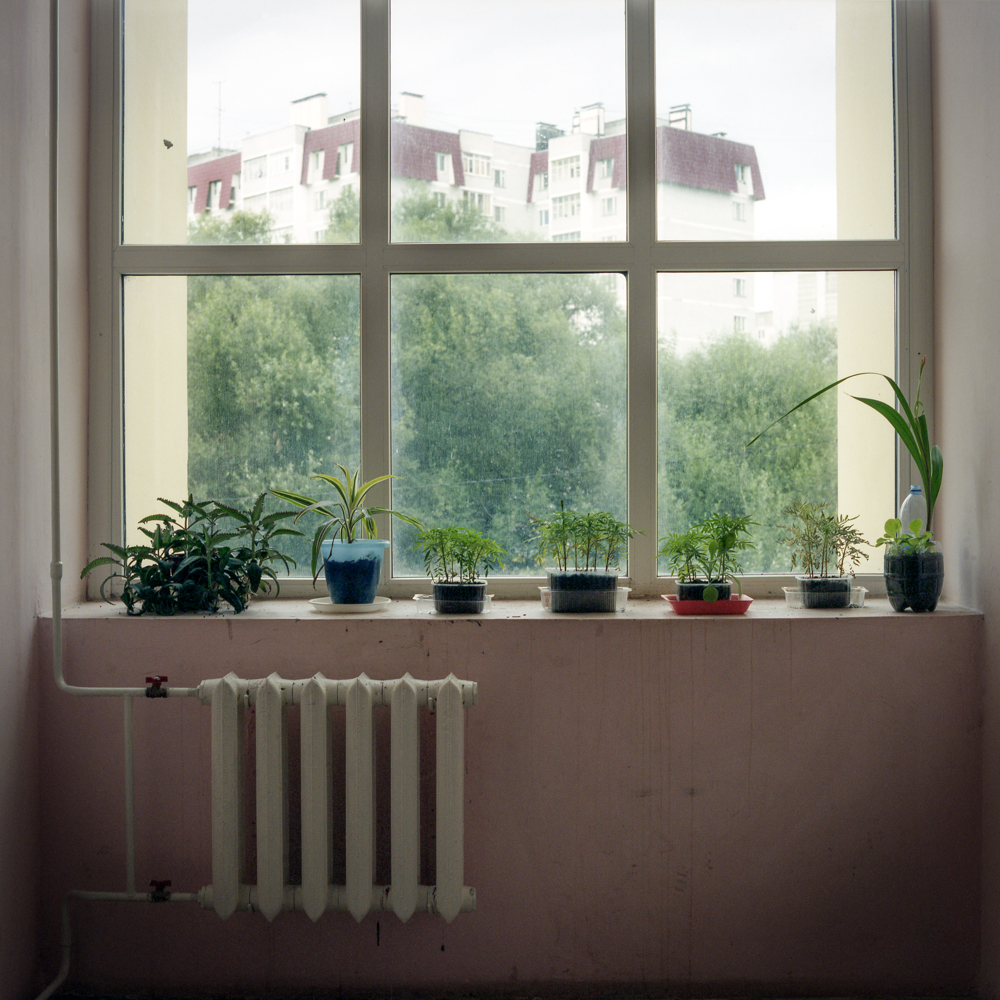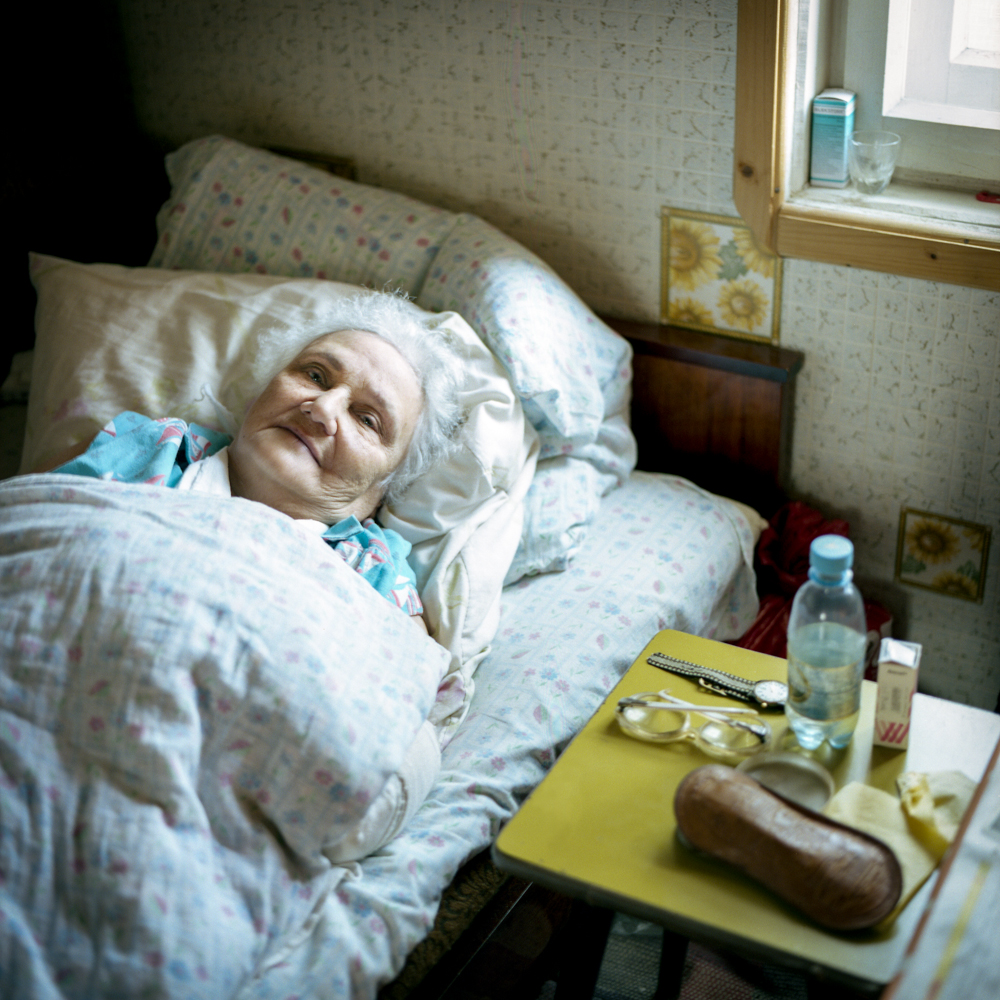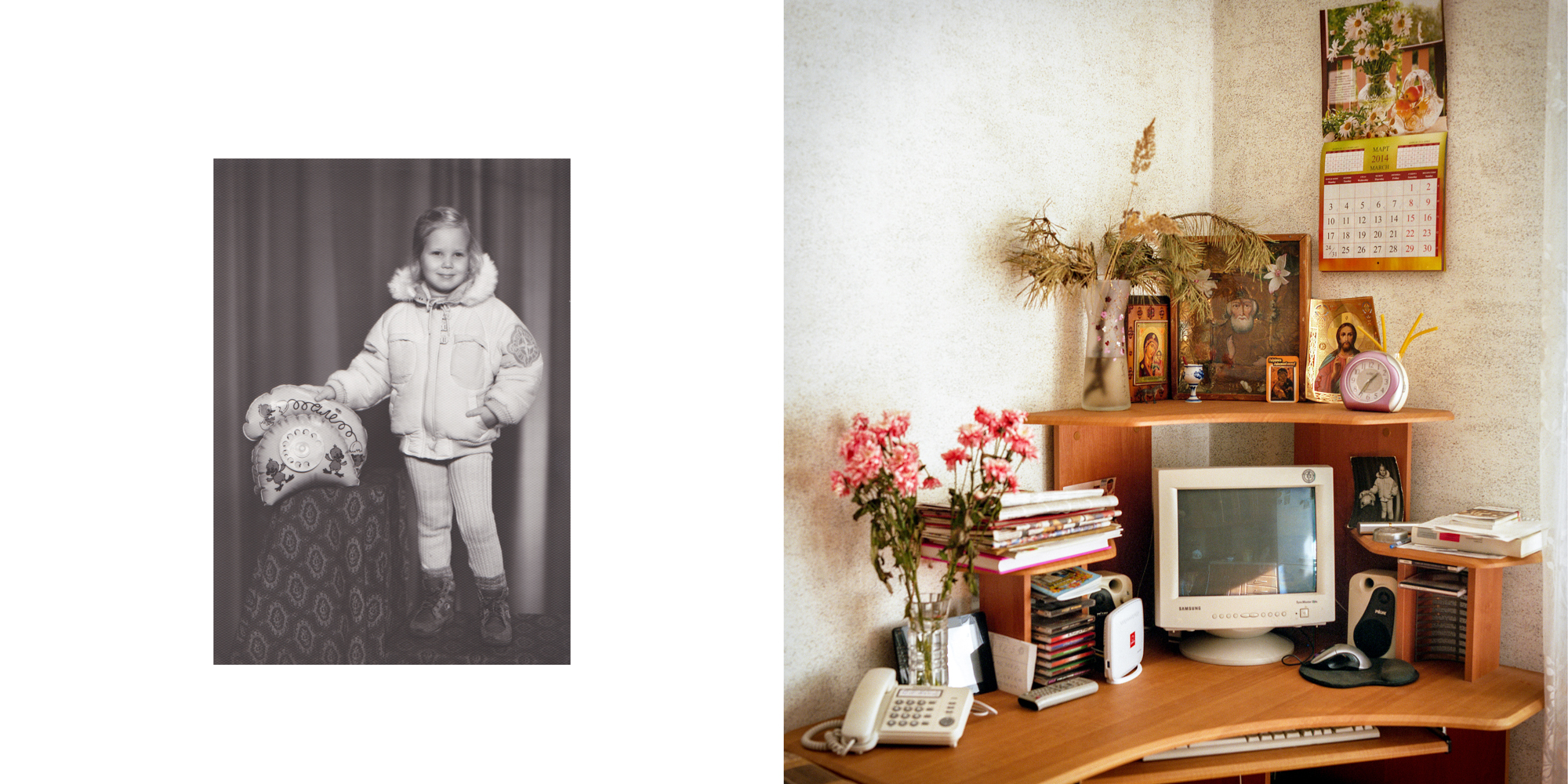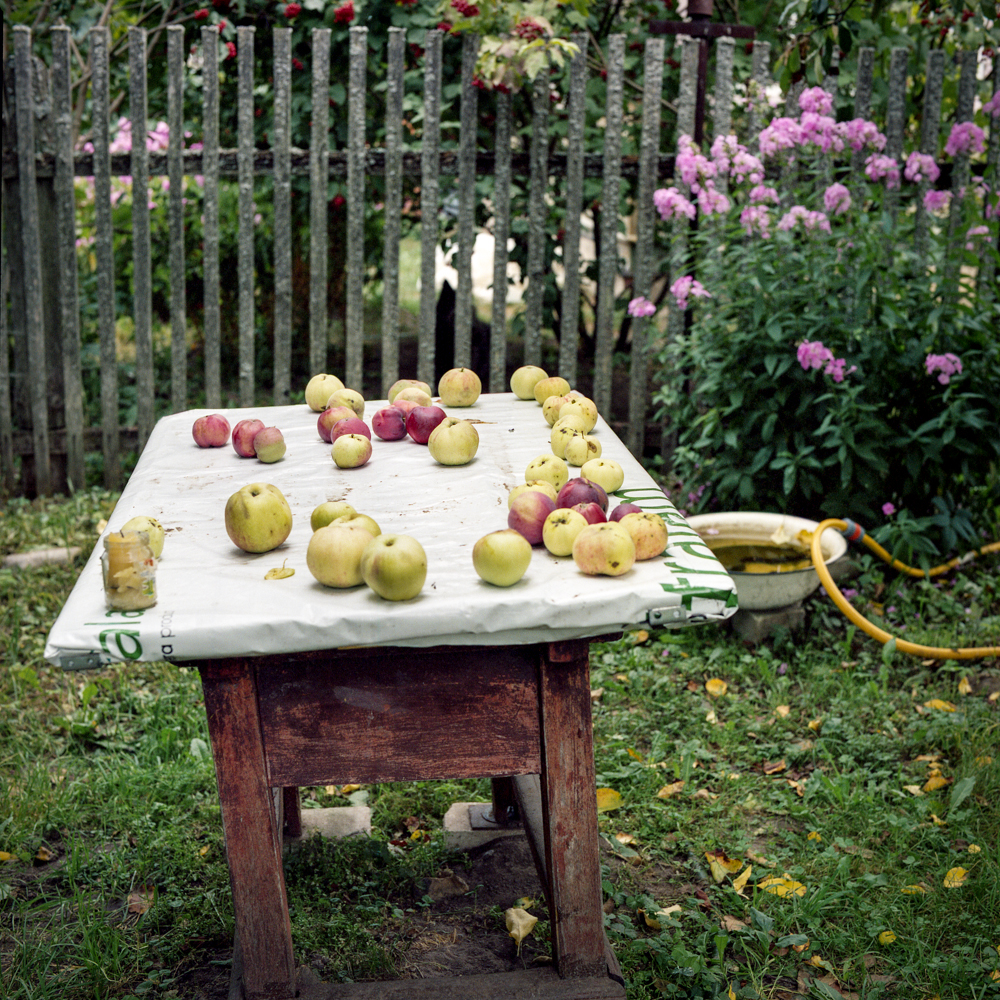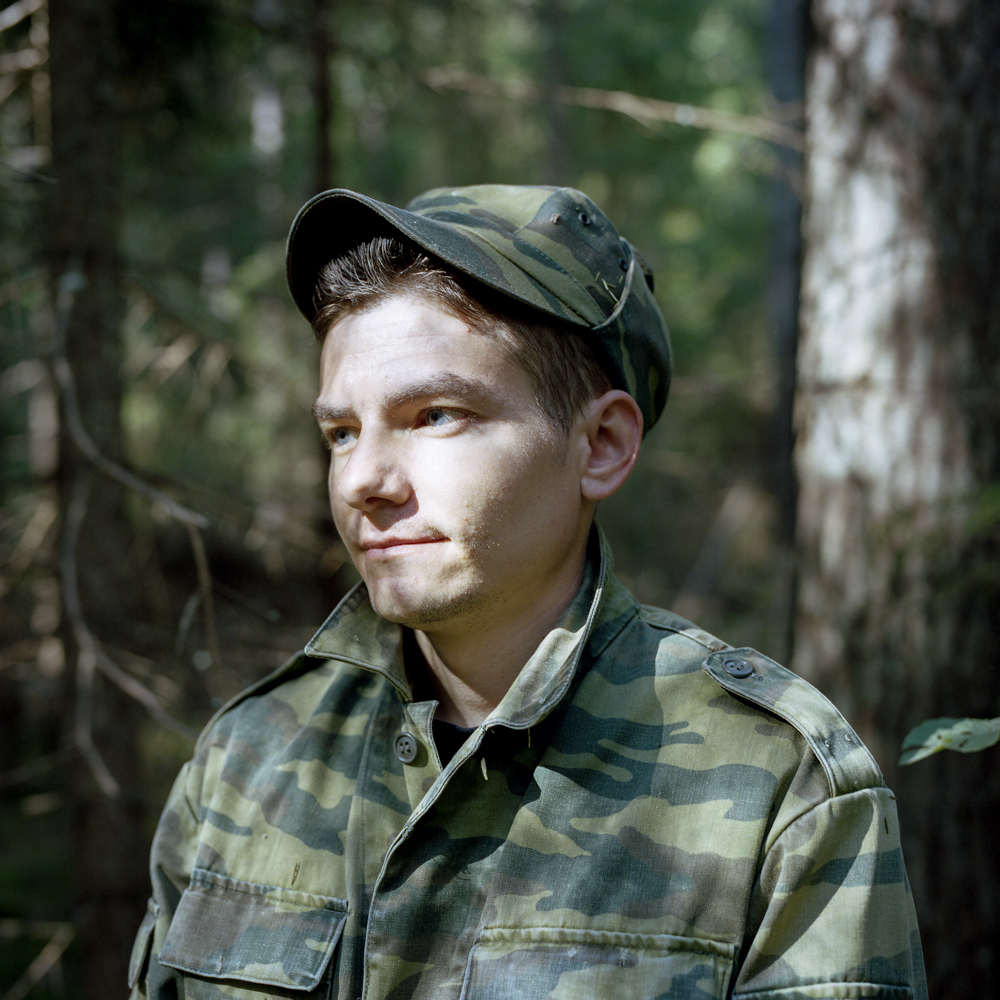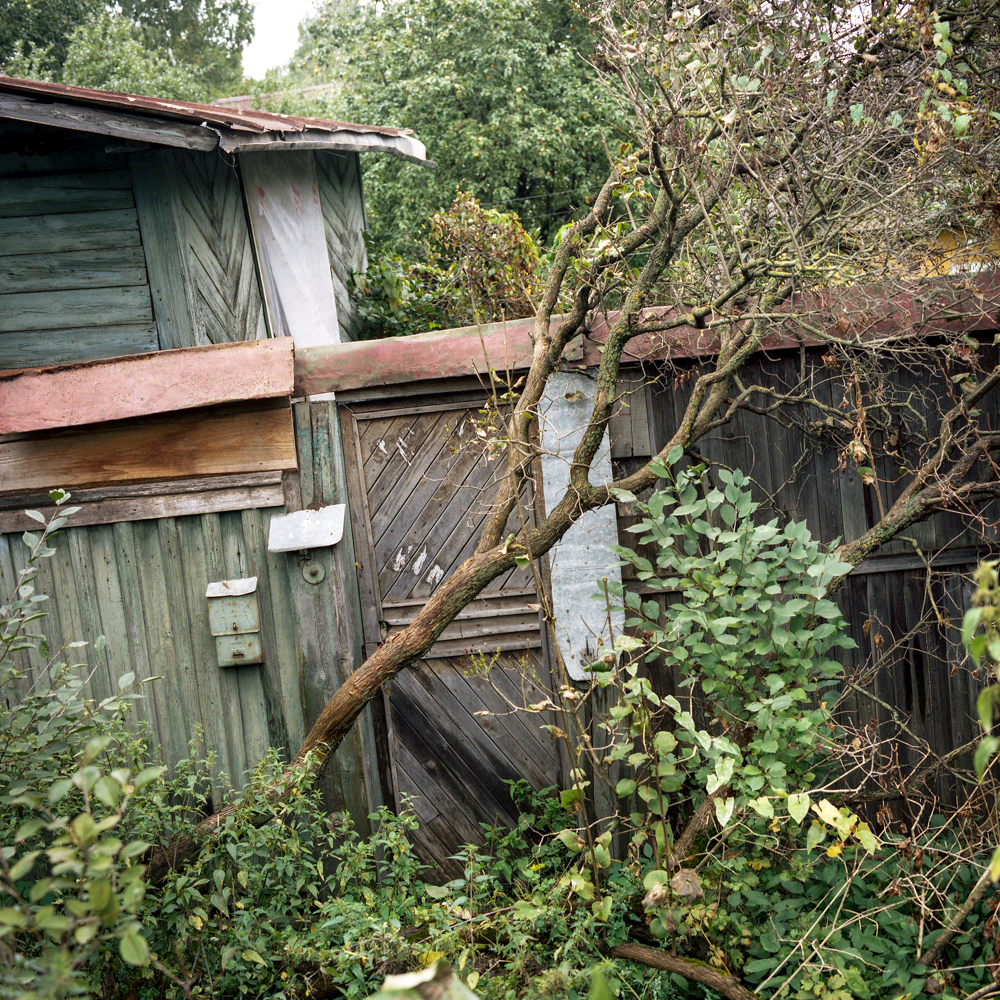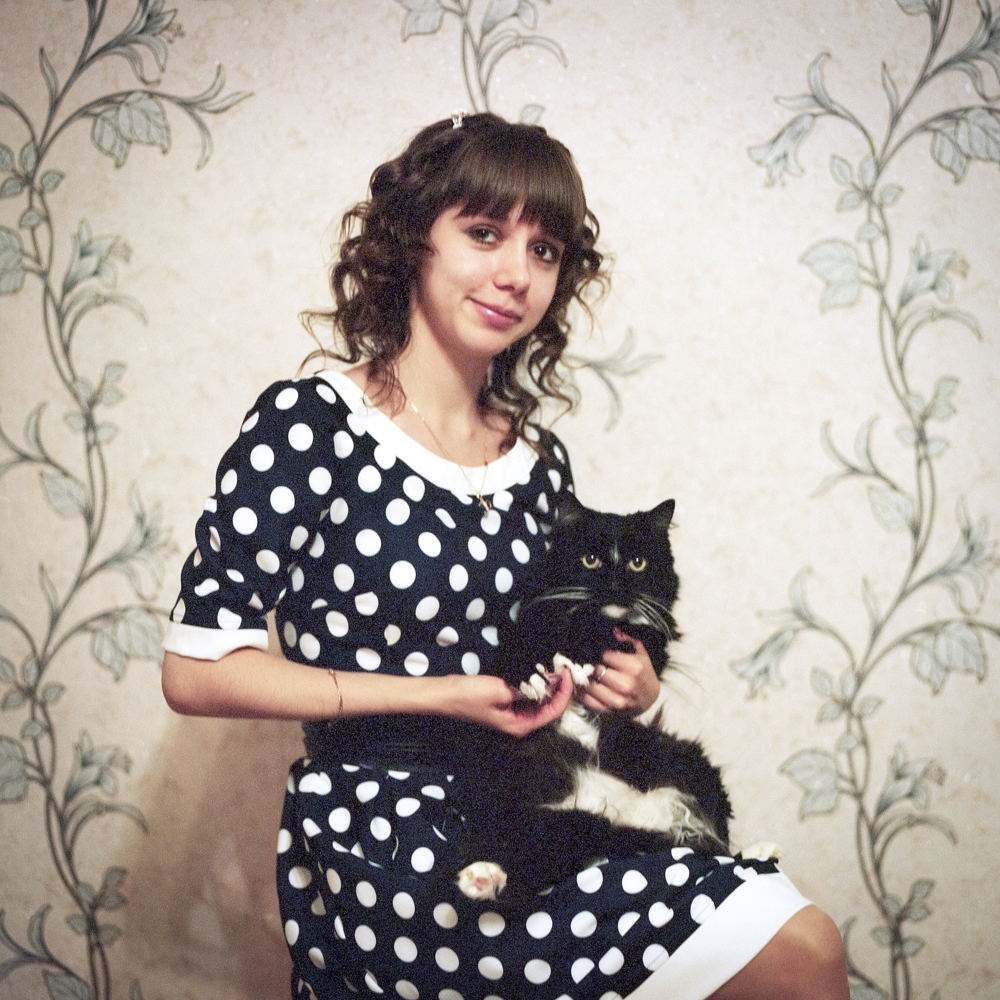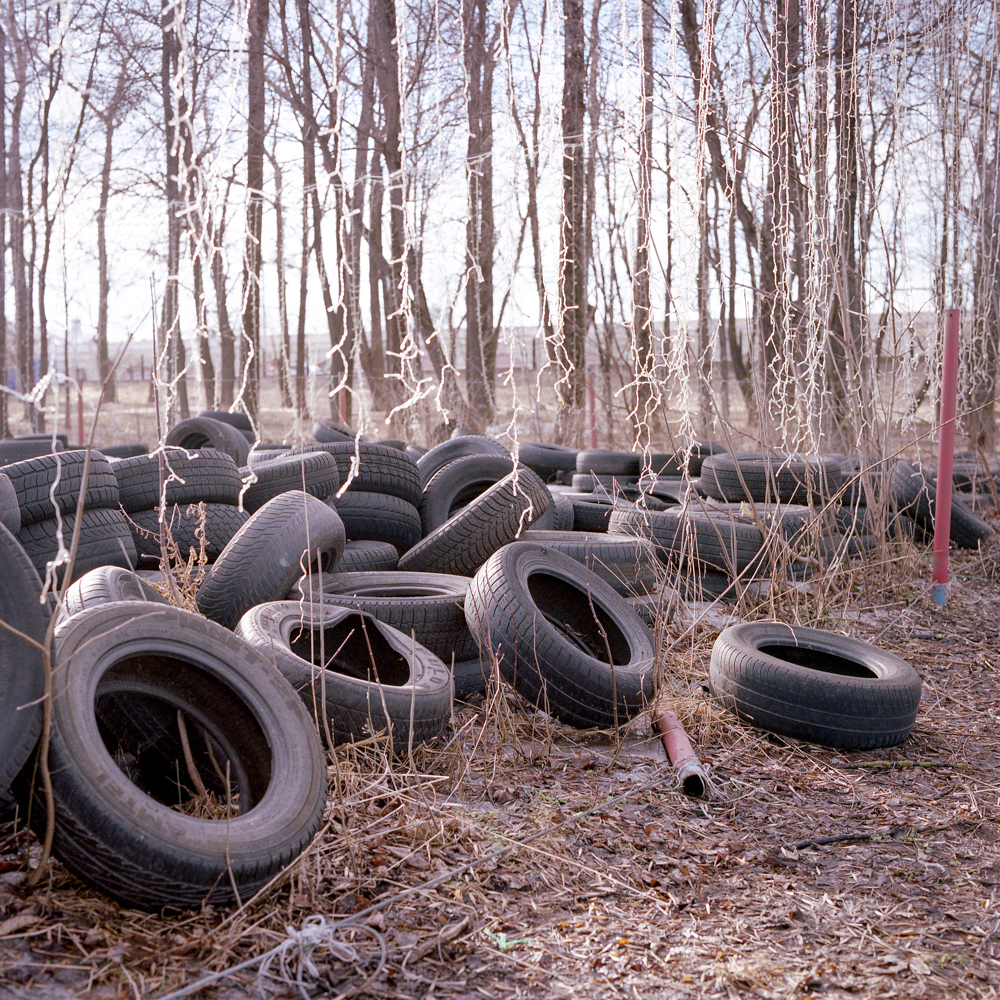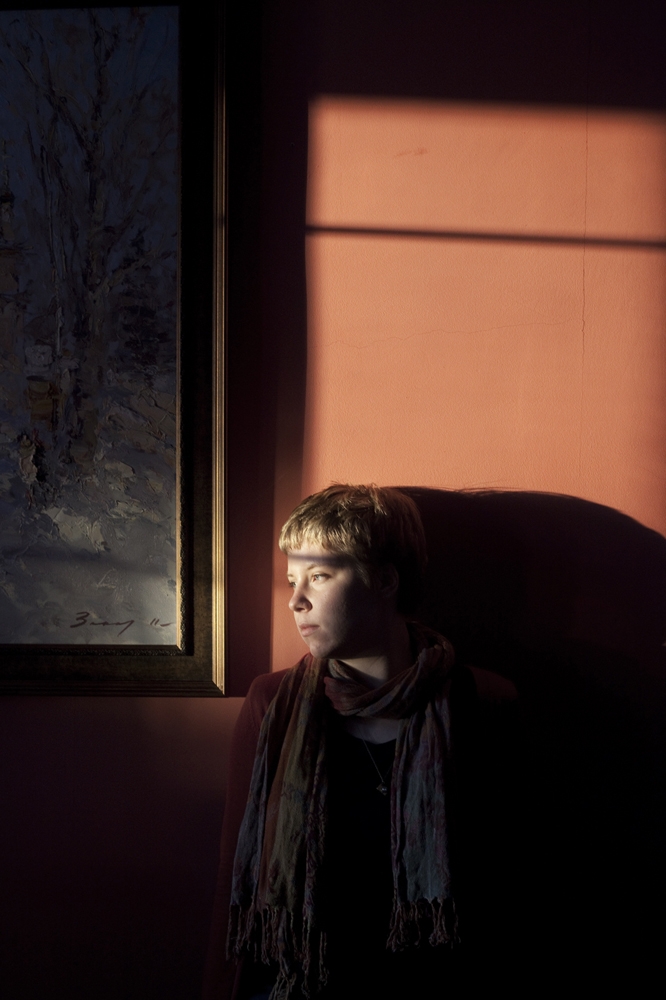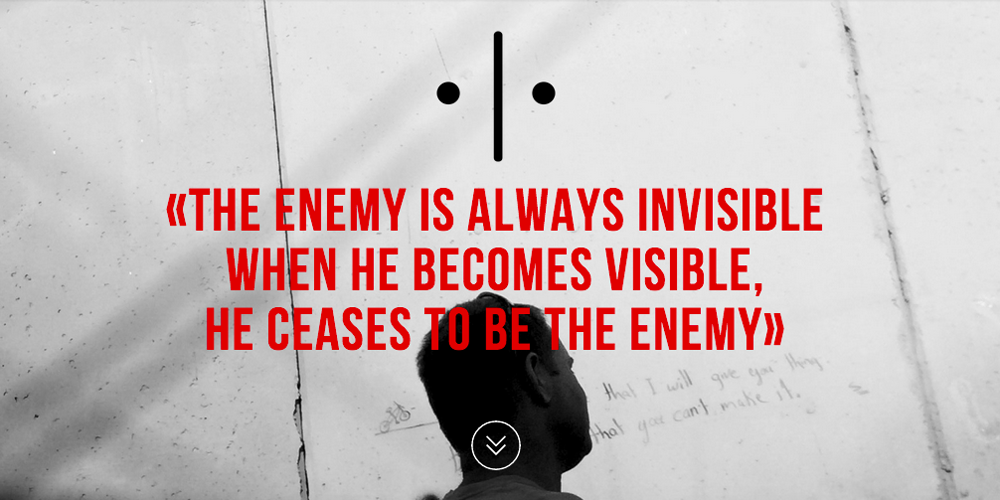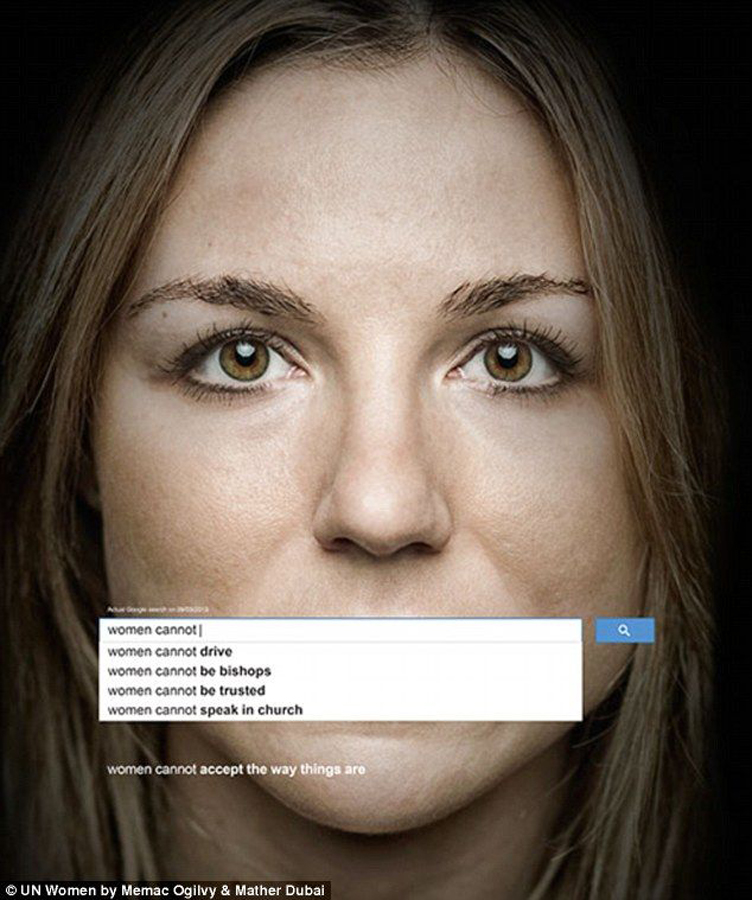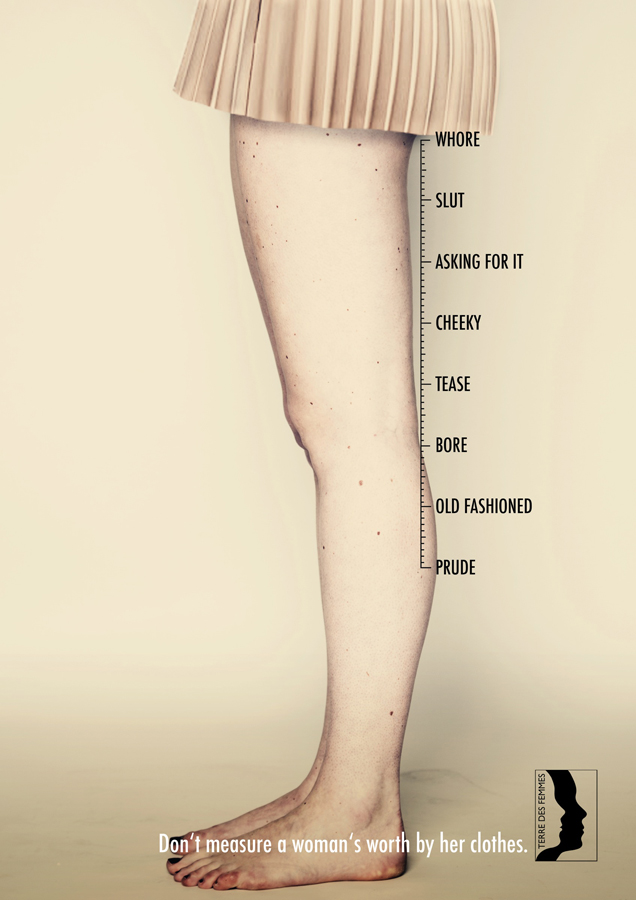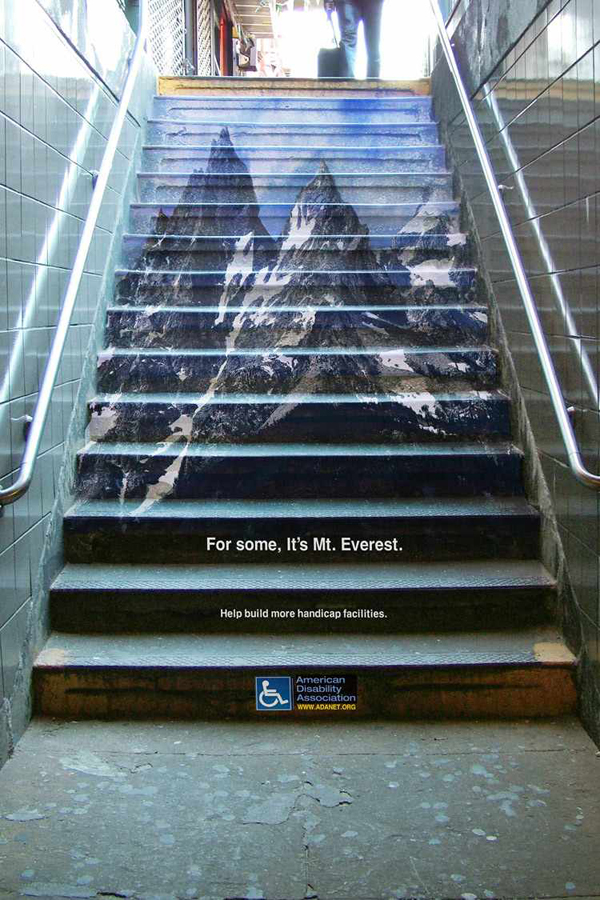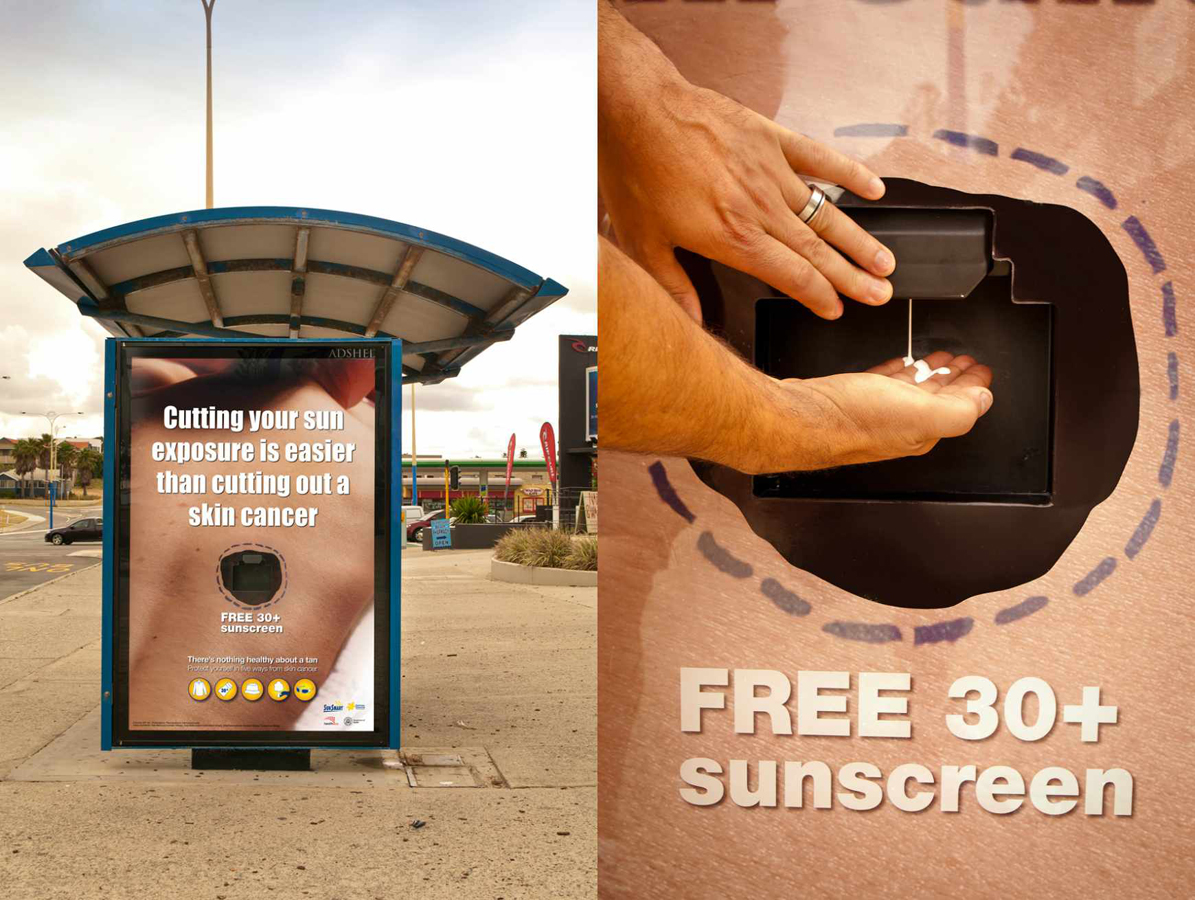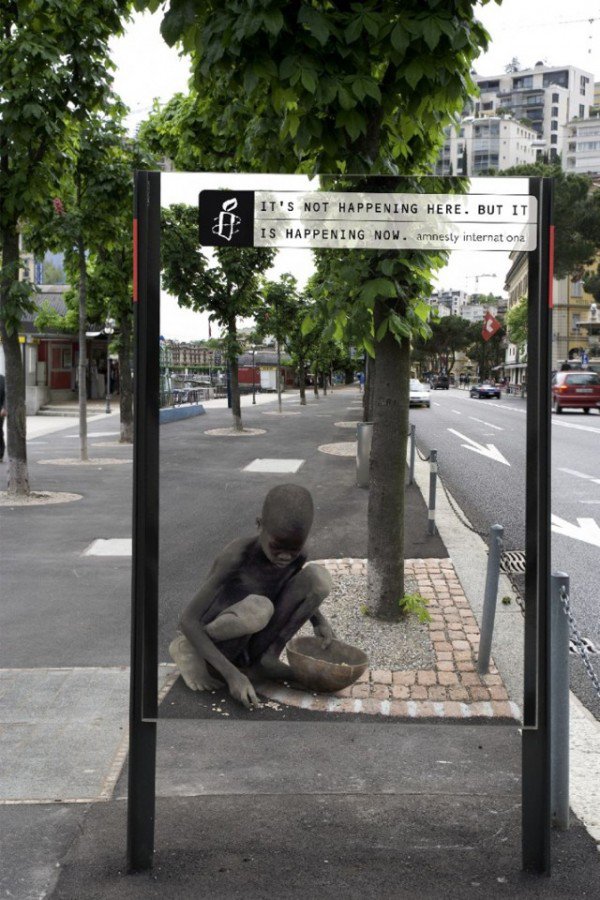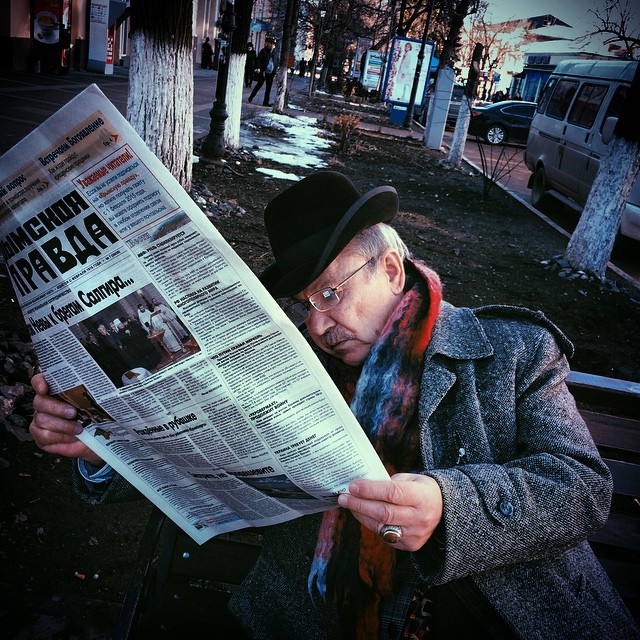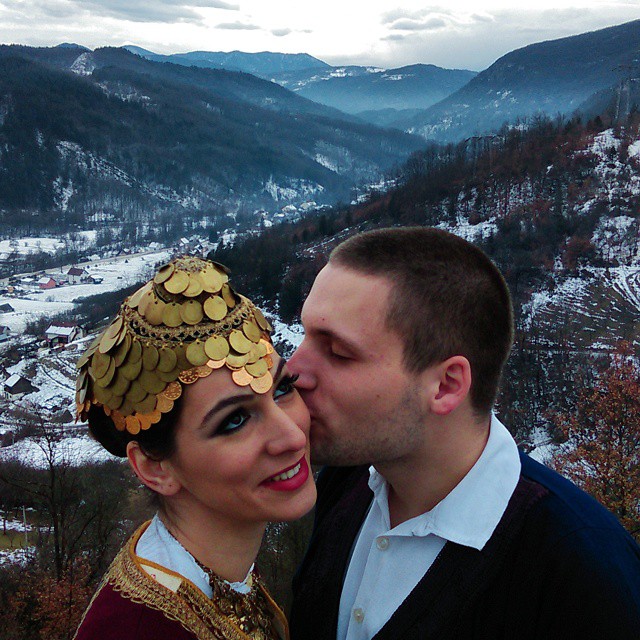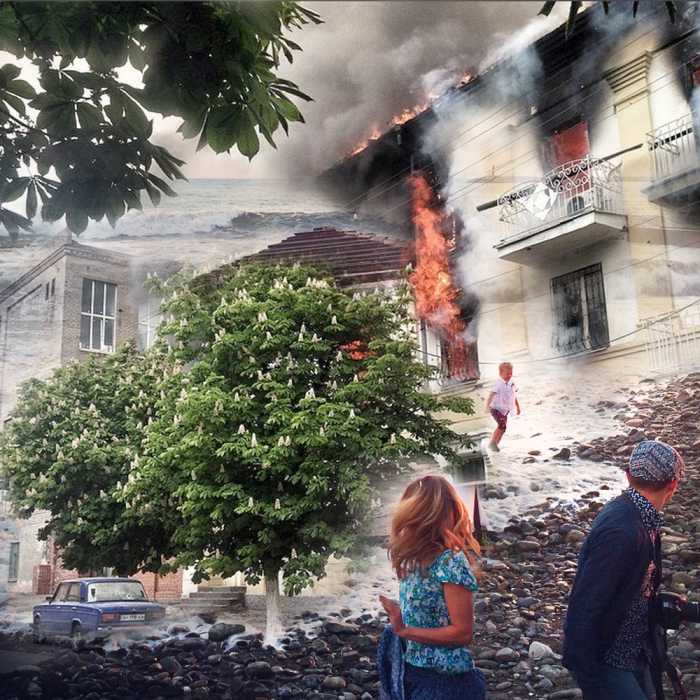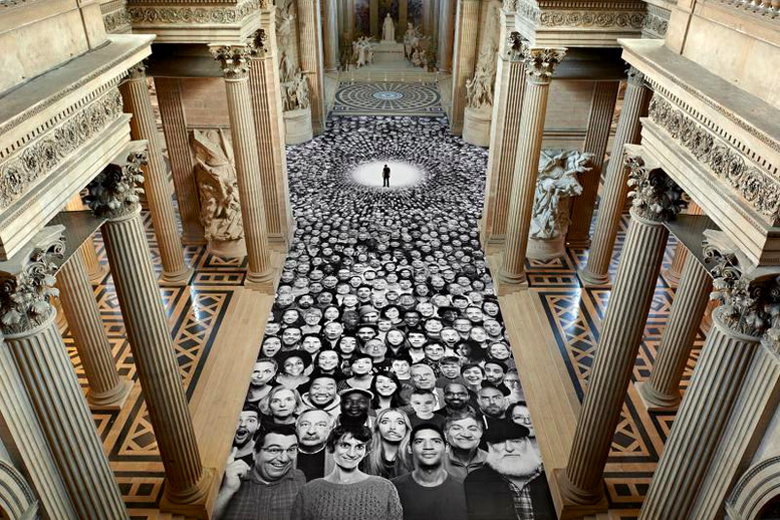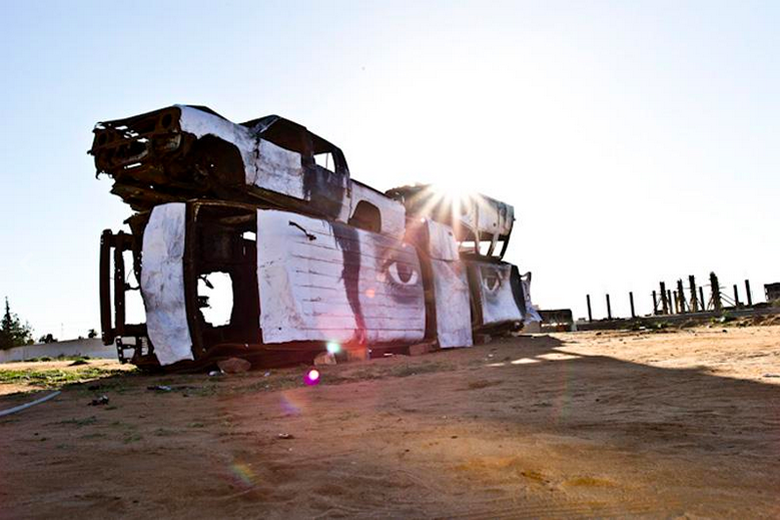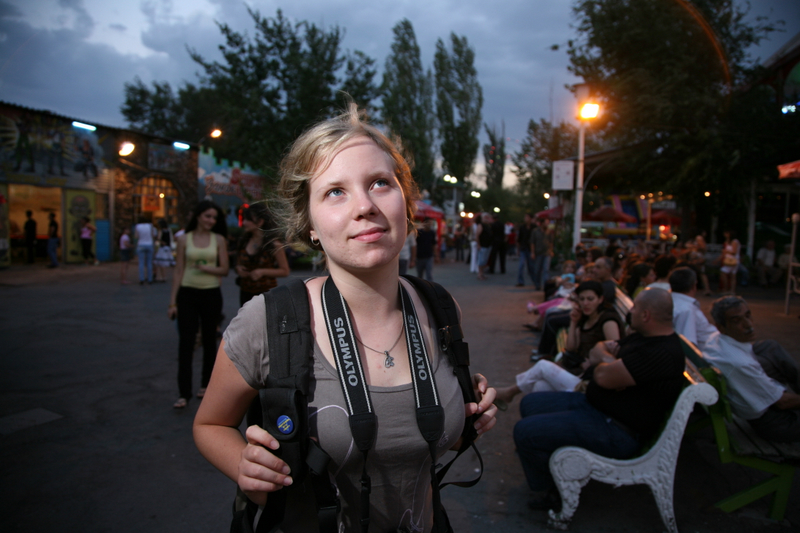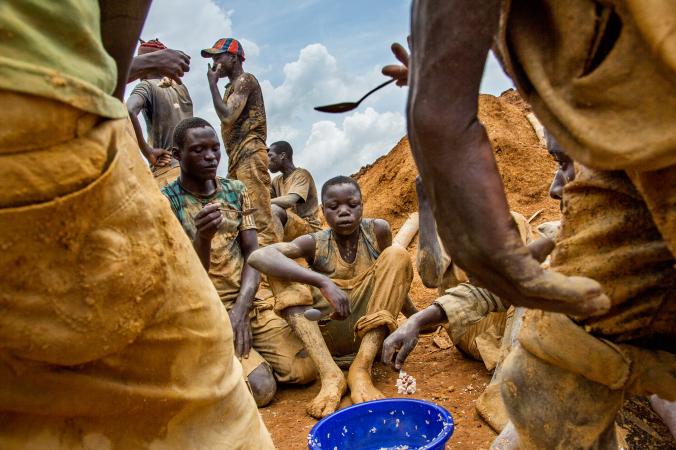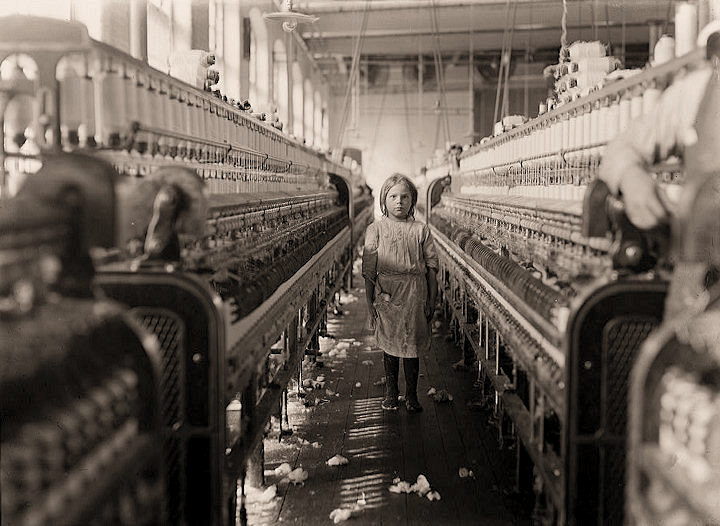Ekaterina Anokhina
Artist Feature
Every week an artist is featured whose single image was published by Der Greif. The Feature shows the image in the original context of the series.
Tina Remiz - Where the Pigeons Roost
Apr 22, 2015
I lost my father at the age of 12. 12 years on, I try to get to know him better. My father was born in the city of Tver, located between the two Russian capitals – Moscow and St. Petersburg – and our close relatives still live there to this day. He liked to speak about his childhood, remembering film screenings at the local Star cinema, garlic patties his mother used to bake and a pigeon loft allegedly owned by our ancestor that gave the surname Golubevi (Russian for ‘pigeon’) to our kin. I often imagined my father’s life in Tver, drawing my own narratives from his stories, faded photographs in family albums and the Soviet cinematography, but I never travelled to his hometown while my father was alive and only met our relatives for the first time at his funeral. Visiting the modern Tver, I try to see the place and the people through my father’s eyes. Viewed through the prism of time, they become memories of memories, merging the past, the present and the imagined. I invite my father’s stories into my own narratives. This work is our first collaboration.
Artist Blog
The blog of Der Greif is written entirely by the artists who have been invited to doing an Artist-Feature. Every week, we have a different author.
Published in:
»A Process – Ein Prozess«
New Technology: The Enemy
Apr 28, 2015 - Tina Remiz
This is my final post from the series of articles for Der Greif, in which I discuss the limitations of photography and look at some examples of creative projects that inspire social changes. Let's finish off by peering into the future and trying to predict how visual storytelling may evolve in the next decade or few.
Many hopes are placed on modern technology, and while it's by no means a panacea (new tools alone can never fix a crisis of ideas), the recent developments certainly offer some exciting possibilities addressing socio-political problems in meaningful and creative ways. Its current key drawback - limited access that allows only a small selected group of people to engage with the work - may well become its strength, once new technologies reach the mass market and become familiar tools we use in our day-to-day lives.
One of the most powerful examples of modern storytelling is The Enemy project. Brainchild of a war photographer Karim Ben Khelifa, who was driven to answer the questions: "Is it possible to invent a new way to make the audience care, to have them think more deeply about war?", he might well have found a positive answer. The Enemy creates a virtual space in which two combats from opposite sides meet. "Each one of them explains why they are fighting – what made them decide to take weapons in order to defend their beliefs, their family, their country, their clan or their faith, as their parents and their forefathers did before them. By allowing the ones who carry out the violence to explain who they are, their motives and their dreams, the project challenges views held by all sides, and ultimately humanizes the combatants".
[embed width="1000" height="563"]https://www.youtube.com/watch?v=gU4MDYCbI5k[/embed]Visionary as this work in progress might be, it's by no means one of its kind, as many visual storytellers around the globe are eagerly embracing new opportunities offered by the recent technological advances. As exciting as it appears, it's important to remember that it's not the new gadgets, but the primal human desire to share stories, raise questions and seek answers that drive the real social change.
NGO campaigns: Images for Change
Apr 27, 2015 - Tina Remiz
Discussing images that have had a real impact on the issues they addressed, it's impossible not to mention photographic campaigns made for or in collaboration with various non-governmental organisations. Created to inspire changes, they usually convey a clear call for action that often leads to tangible results.
I can't quite make up my mind as to how I feel about the campaigns of this kind though: I acknowledge their impact, yet am not entirely comfortable with the weird blend of photojournalism and advertising that simplifies problems, promotes stereotypes, creates a sense of guilt, powerlessness and anxiety and priorities immediate results to long-term sustainability. A bit like this.
Regardless of the stand you take (I will stay somewhere in the middle and see how it plays out), one can't deny there are many incredibly creative and intelligent NGO campaigns, looking for new ways to catch our attention, raise awareness, educate, inspire and make our world a better place.
I listed few of my favourite examples above and encourage everyone to contribute to the discussion. While researching for this article, I remembered a short video campaign I've seen few years ago. It made me smile and cry at the same time by being playful in addressing a very serious issue of child mortality in Africa. Enjoy:
Social Media: Everyday Everywhere
Apr 25, 2015 - Tina Remiz
OK, I will be blowing my own trumpet here. Then again, it's exactly because I believe this project can have a real impact on the issues it's addressing that I joined it in early 2014 by setting up my own Everyday Eastern Europe account and inviting photographers from every corner of the region to participate.
Taking its roots from Everyday Africa instagram feed, initiated by photographer Peter DiCampo and journalist Austin Merrill in 2012, when, frustrated by the one-sided representation of the continent in the traditional media, the duo decided to take initiative in their own hands, the everyday gradually grew into a truly global movement. We have sometimes been criticised for the lack of a stronger agenda, but, in my opinion, the democracy of the project is its key strength. It involves hundreds of professional photographers and photography enthusiasts from various corners of the world, and, while we do some basic checks for quality and relevance, there is really nothing we can (or would want to) do to stop people doing it 'their way'. This is not about owning expensive equipment (any device that takes pictures will do the job) or traveling to far-away lands in search for undocumented stories (we are mostly interested to know what does your everyday look like), the project is open to anyone, who has a story to share. Moreover, the fact that images have been mainly distributed through various social media channels opened it up to a wholly new audience, most of whom would never have had a chance to see the photographs, were they exhibited in a gallery or published in a traditional media. I see it as an important platform, where people can not only look at pictures, but interact, share and have discussion and where captions and comments are a crucial part of the shared visual archive we create. [vimeo video_id="104864548" width="1000" height="563“]Collaboration: Inside Out
Apr 24, 2015 - Tina Remiz
In my first Guest-Post on Der Greif, I argued that many photographic projects serve as historical documents or provide thought-provoking interpretations of social problems, yet fail to achieve any tangible results in making the world a better place. For the next five days, we will look at projects that, in my opinion, do make a difference.
The most obvious way to produce work that has impact on a community is to involve its members in the creative process. There are countless examples of collaborative projects that give voice to people, who would usually appear as subject, not authors of photographic work, be they poor, homeless, disabled or marginalised in any other way.
One of my favourite examples of an initiative that involves a broad range of people from different corners of the world and every walk of life is called Inside Out. A »global participatory project with the potential to change the world«.Initiated in March 2011 by JR after the French artist received TED prize, as of today, the project has spread over 124 countries and has involved 1,164 taking 234,382 portraits, inspiring action on topics ranging from racial discrimination to climate change. The global open platform »gives everyone the opportunity to share their portrait and make a statement for what they stand for« and »transform messages of personal identity into works of public art«.
I find Inside Out especially interesting, since the positive impact spreads far beyond the ‘therapeutic' effect that is often a measure of success for participatory projects. Inside Out has addressed a broad range of socio-political issues, with portraits appearing on the roofs of a slum and the Pantheon in Paris, from equator to the North Pole, inspiring members of each community to take action and have their voices heard.To fully understand the project, I highly recommend watching an hour-long documentary film about it. The story of JR's collaboration with a group of activists to replace the posters of the former political leaders with portraits of the people of Tunisia after the Arab Spring uprising is incredibly powerful (don't tell anyone, but it totally brought me to tears!). Regardless of success of each individual campaign, JR’s work starts important dialogues in which voices from every part of the society are heard.
[vimeo video_id="64033684" width="1000" height="563“]Know any interesting photographic projects that had impact on a community by involving its members into the creative process? Please share!
Photography that Makes a Difference: Introduction
Apr 23, 2015 - Tina Remiz
I never describe myself as a photographer. Sure, I often take pictures – sometimes for work, other times to satisfy personal curiosity – but the camera is merely a tool for exploring and expressing what I believe in, stand for or feel pensioned about. In my opinion, labelling the person based on the tools they use in their practice reduces their work to a manual labour, so the following series of blog posts may or may not be about photography, but will focus on the thinking process behind it.
For as long as I remember myself (or as far as the family archive permits me to think I remember), I have always been creative: I enjoyed drawing and painting, played in school theatre, wrote love poems… but had no interest in photography until university. By that time, I became quite socially and politically aware and was no longer satisfied with drawing children’s books and wedding cards. I wanted to talk about real life events, and, of course, I wanted my work to make the world a better place, so camera proved to be an ideal tool for the purpose.
Five years on, despite what many people told me, I still haven’t given up on changing the world, however, I do question if photography (or art in general) is fit for this purpose and what are the most effective ways to use it?
While researching for this series of articles, I put up a post on Facebook, asking people to name photographic projects, which, in their view, have had real impact of the issues they addressed (you can still see and contribute to the discussion). The response was great, people listing Robert Capa’s and Gerda Taro’s coverage of Spanish Civil War and Philip Jones Griffiths’ work from Vietnam, the Family of Men exhibition and Lewis W. Hine’s photographs of child labour, as these important historical documents brought to light stories of horrific human right abuses that were often unknown to the wider population. Contemporary examples were a lot harder to name, which raised an inevitable question of the role of photojournalism nowadays?
This is not to say there was no recent photographic work that had a social impact, Intel’s response to Marcus Bleasdale’s work on Conflict Minerals being the first example that springs to mind. Nor is it to suggest that photojournalists are not aware of the limitations of the medium. Tim Matsui recently published an article titled I just won a World Press Photo Award and POYi, but I'm not Celebration, writing about the importance of using images to create changes, which raised many discussions in the photographic community and beyond. Glenna Gordon, who photographed possessions of 276 Nigerian schoolgirls kidnapped by Boko Haram in 2014, echoes Matsui's argument, writing in a recent interview for TIME: "If a photographer’s only job is to take the photos, then I succeeded. If my job is to create change, I have failed".
Since this is an issue that I think about a lot and that often times forces me to look outside photography for the most effective ways of addressing each given problems, I will dedicate the following series of posts to contemporary creative projects that, in my opinion, did have a strong social impact. The lists will by no means be exhaustive, and I very much welcome your contribution!
We will begin tomorrow, by looking at examples of collaborative projects that had a strong impact of the community they engaged, can you think of any?


